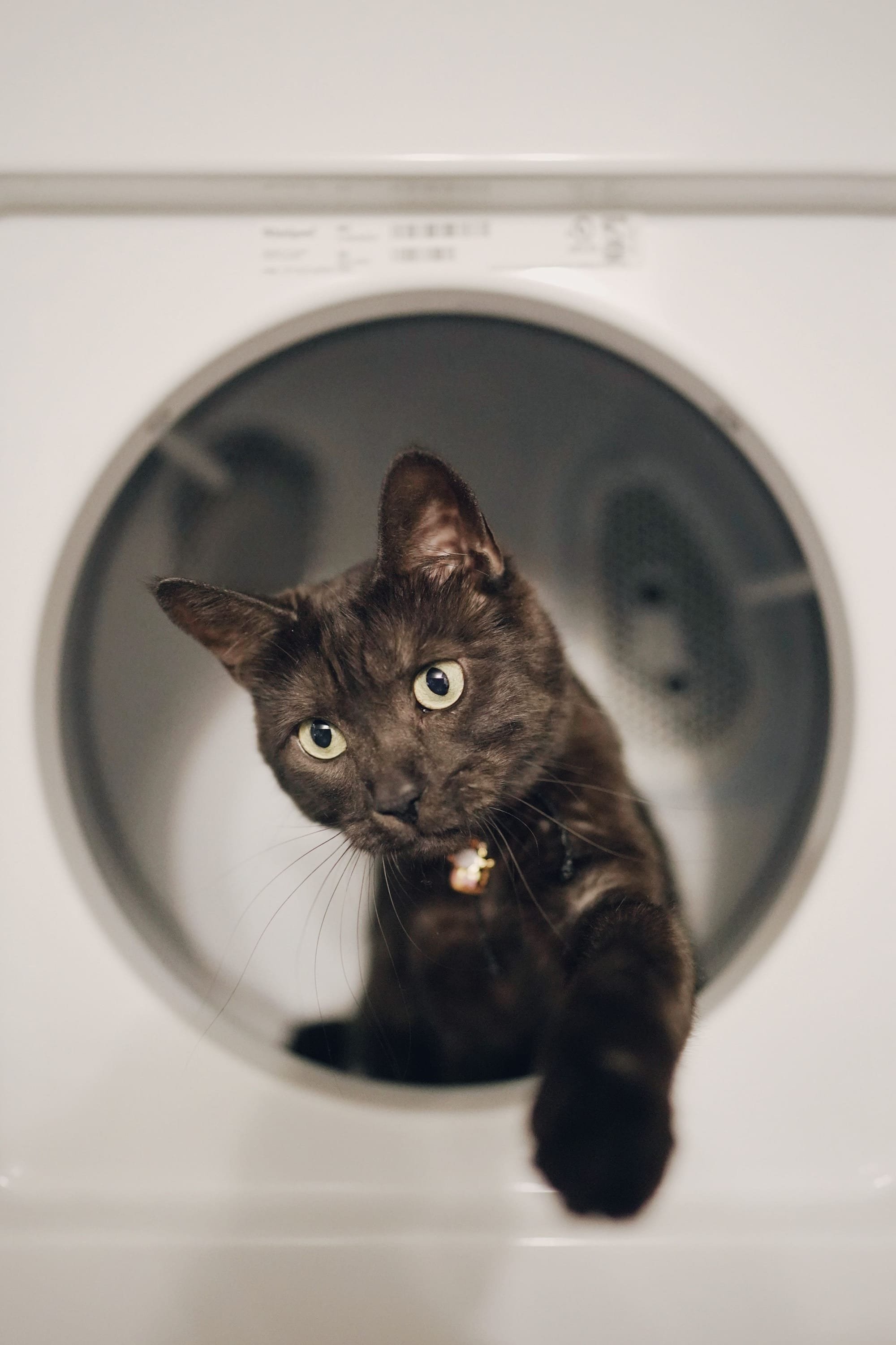
Training your cat to use a litter box is a critical part of pet ownership that benefits both the cat and the owner. Cats are naturally clean animals and, with patience and the right techniques, can be easily trained to use a litter box. This guide will provide you with essential tips to train your cat efficiently.
Understanding the Basics
Before diving into the training process, it’s essential to understand the basics. Cats prefer to bury their waste, so using a litter box is in line with their natural instincts. The key is making the litter box the most appealing option for doing their business.
Choosing the Right Litter Box
- Size Matters: Ensure the litter box is large enough for your cat to comfortably turn around and dig. Kittens will need a box with lower sides for easy access, while larger cats require more space to maneuver.
- Open vs. Hooded: Some cats prefer open boxes for ease of access and less confinement. Others might like the privacy of a hooded box. You might need to experiment to see what your cat prefers.
- Number of Boxes: The golden rule is to have one more litter box than the number of cats in the house. This helps prevent territory issues and keeps the box cleaner.
Selecting the Right Type of Litter
- Texture and Material: Cats generally prefer fine-grained, unscented litter that mimics the sand or soil they’d naturally use. There are various types, including clay, clumping, crystal, and biodegradable options. Observe your cat’s preference.
- Olfactory Preferences: While humans might prefer scented litters to mask odors, many cats find these odors repellent. Opt for unscented litters to avoid deterring your cat from using the box.
Initial Training Steps
- Litter Box Placement: Place the litter box in a quiet, low-traffic area where your cat can have privacy and feel secure, but also ensure it's easily accessible. Avoid locations near the cat's food and water.
- Introducing the Box: Let your cat inspect the litter box at their own pace. Place them in the box gently so they can feel the litter under their paws, but don’t force them to stay if they want to get out.
- Maintaining Cleanliness: Cats dislike using dirty litter boxes. Scoop waste daily and change the litter as recommended by the litter type. This helps prevent your cat from seeking alternative spots to relieve themselves.
- Positive Reinforcement: Every time your cat uses the litter box, offer praise, petting, or treats as a reward. Avoid punishing your cat for accidents, as this can create a negative association with the litter box.
Addressing Challenges
- Multiple Cats, Multiple Boxes: In multi-cat homes, ensure there’s enough space and litter boxes to accommodate everyone. This reduces competition and prevent territorial issues that can disrupt litter box use.
- Handling Accidents: If your cat has an accident, clean it up thoroughly to remove odors that might attract them back to the same spot. Use an enzymatic cleaner designed for pet messes.
- Stress and Anxiety: Changes in the home, such as new people, pets, or even moving furniture, can stress your cat and lead to litter box aversion. Keep their environment as stable as possible, and consider pheromone diffusers to reduce anxiety.
- Health Issues: Sometimes, avoidance of the litter box can indicate a medical problem. If your cat suddenly stops using the box, especially if they're also showing signs of distress, consult your veterinarian.
Advanced Tips
- Litter Box Training Older Cats: Older cats might need extra patience and gentle encouragement, especially if they’re used to going outdoors or have never used a litter box. Follow the basic steps but allow more time for them to adjust.
- Outdoor to Indoor Transition: For cats transitioning from being outdoors to indoors, gradually move an outdoor-used litter box closer to the house, then inside, to help them adjust. Mixing in some soil with the indoor litter at first can also help.
- Consistent Routine: Cats love routine. Try to clean the litter box and refresh the litter at the same time each day. Consistency helps reinforce good litter box habits.
- Encouraging Exploration: Some cats may need encouragement to explore and use the litter box. Place treats or toys near (but not in) the litter box to attract your cat’s attention without forcing interaction.
Training your cat to use a litter box might seem daunting at first, but by understanding your cat's needs and preferences, offering the right type of encouragement, and being patient, you'll create a stress-free experience for both of you. Cats are fast learners, and with consistent positive reinforcement, they'll quickly adopt the habit. Remember, the key to successful litter box training is patience, cleanliness, and understanding the unique personality of your cat. By following these tips, you’ll ensure a happy and hygienic home for both you and your feline friend.